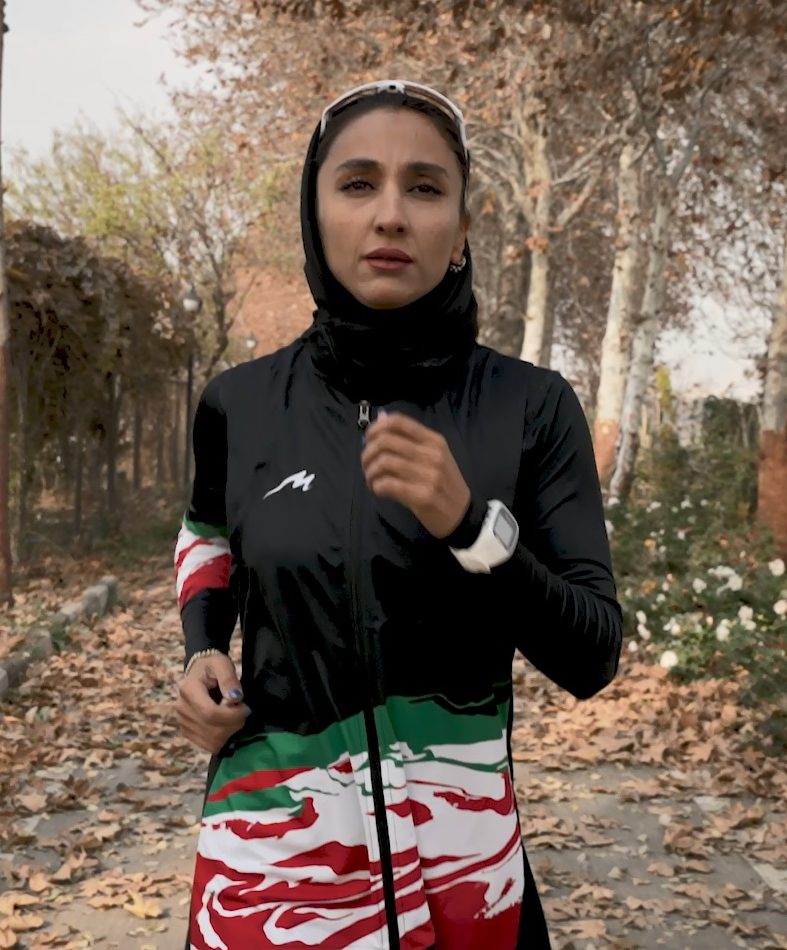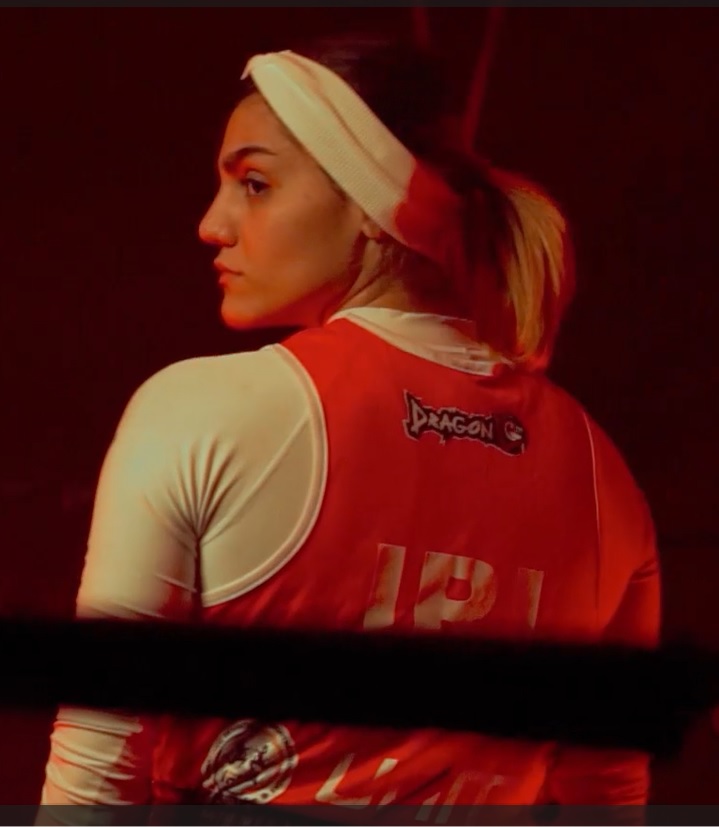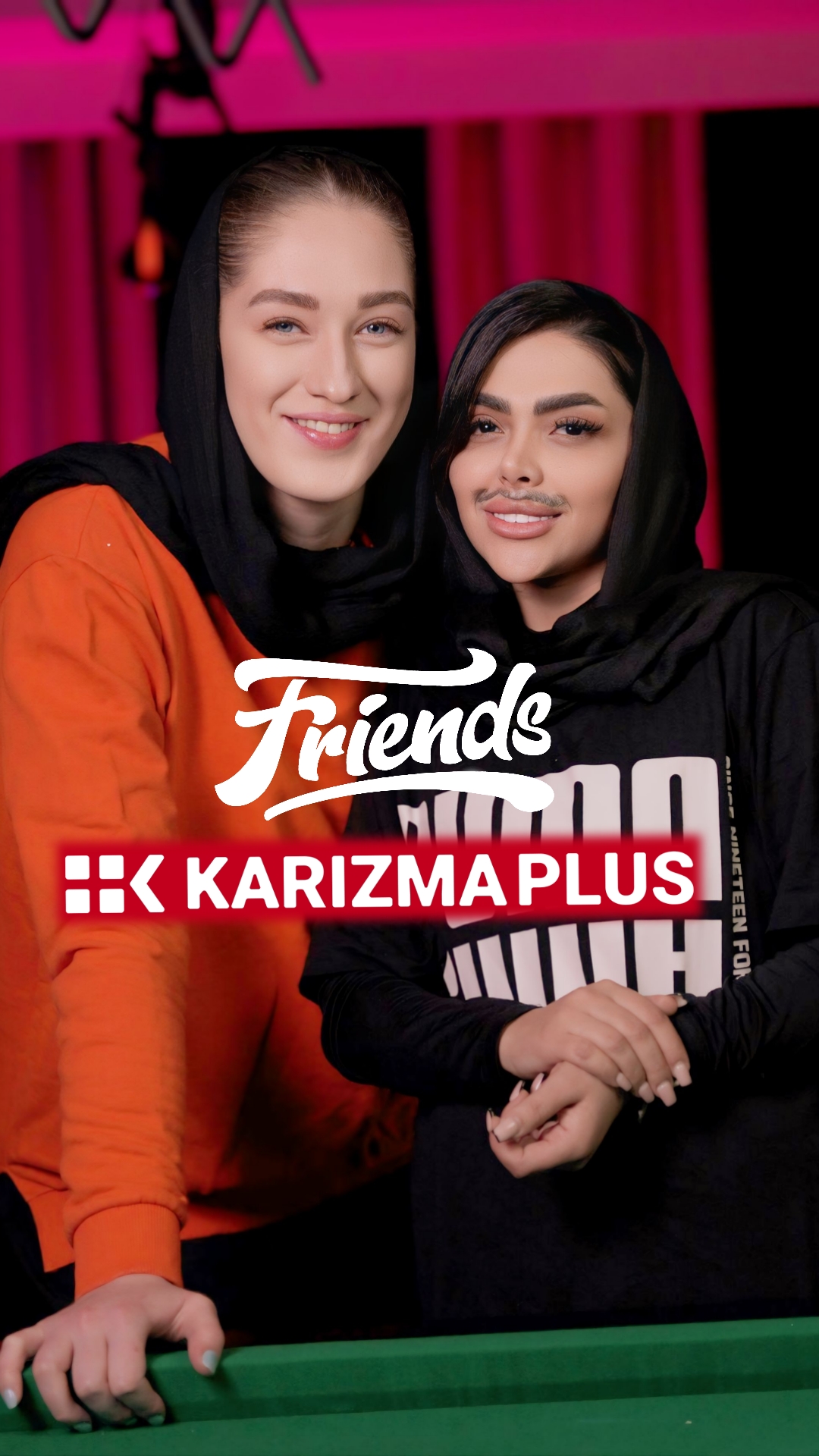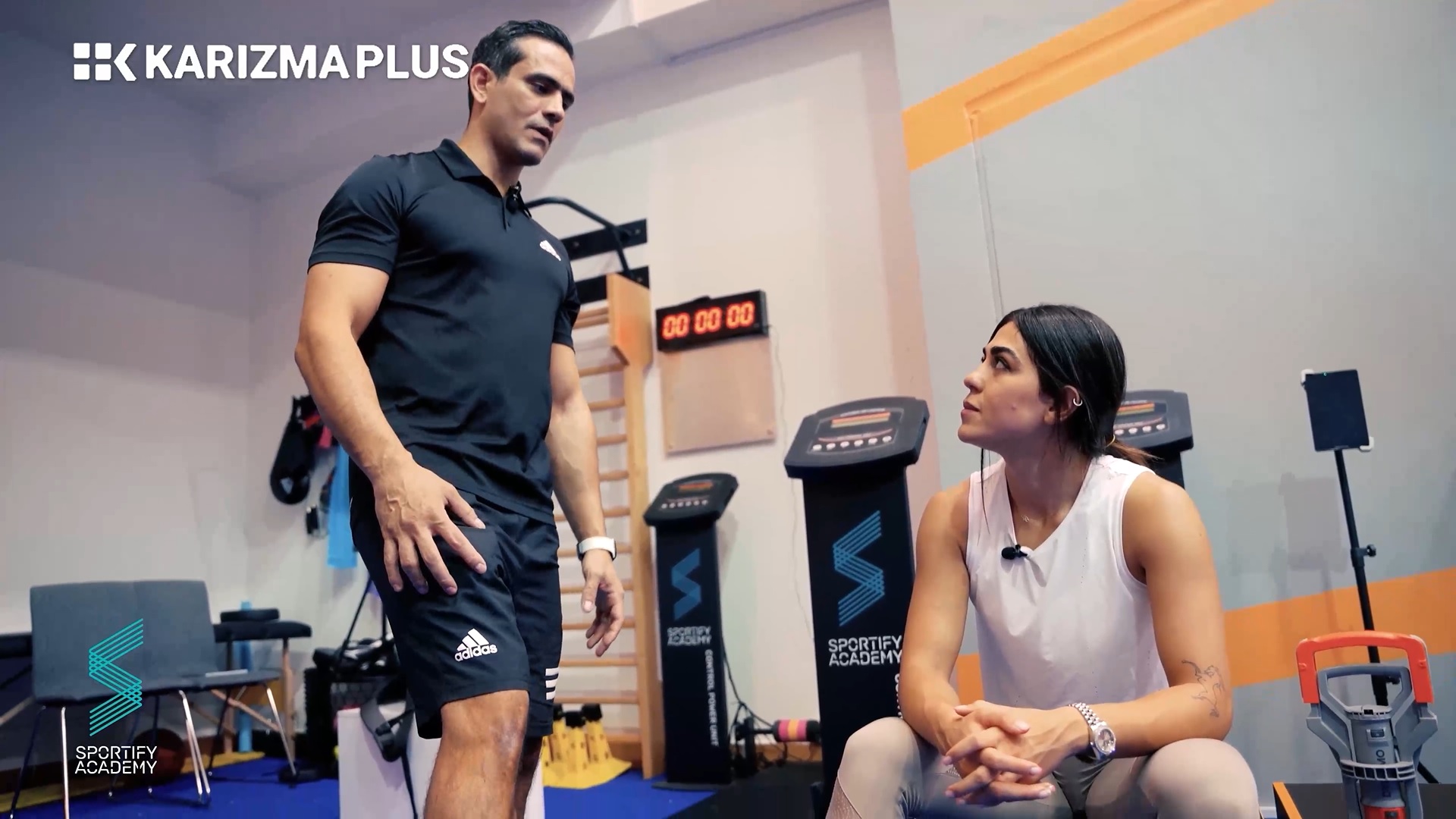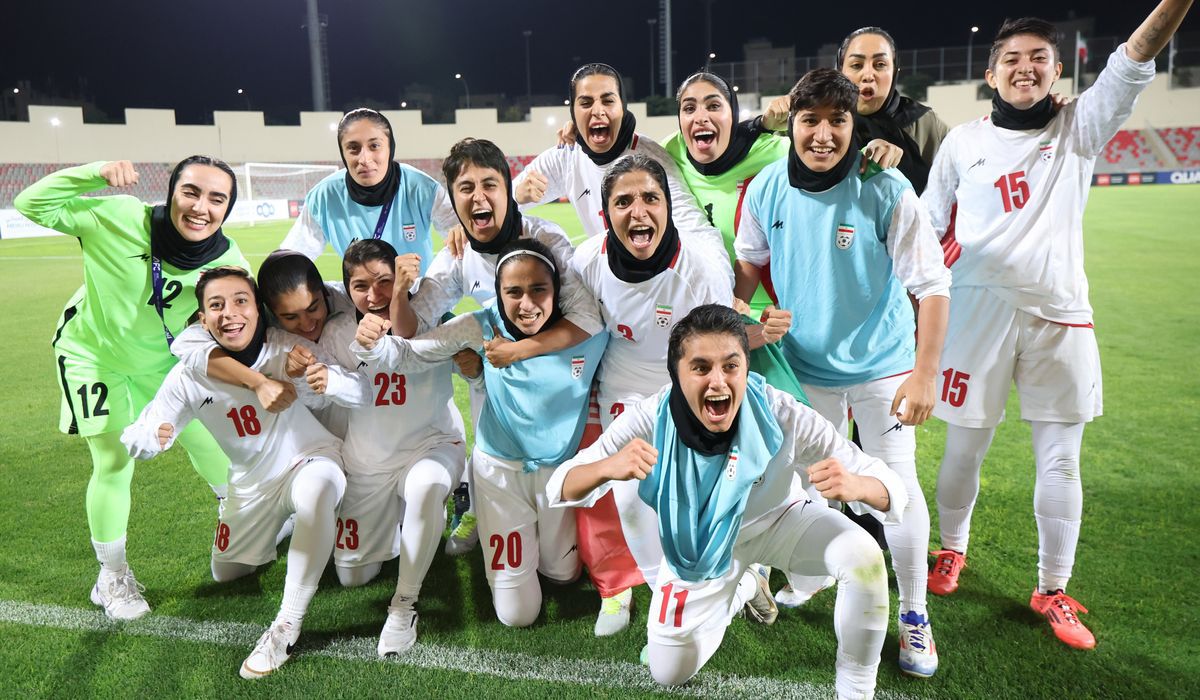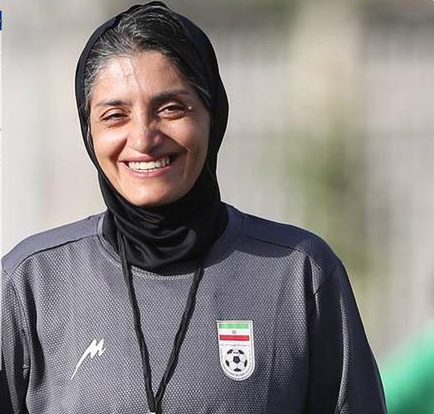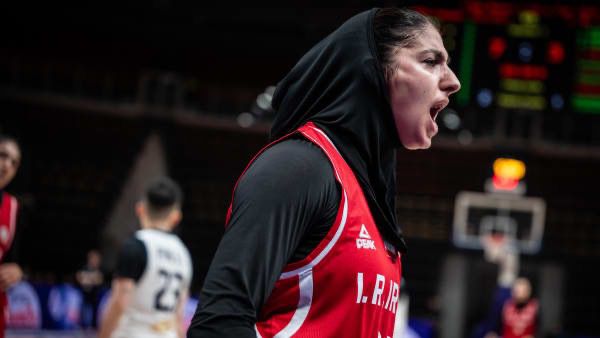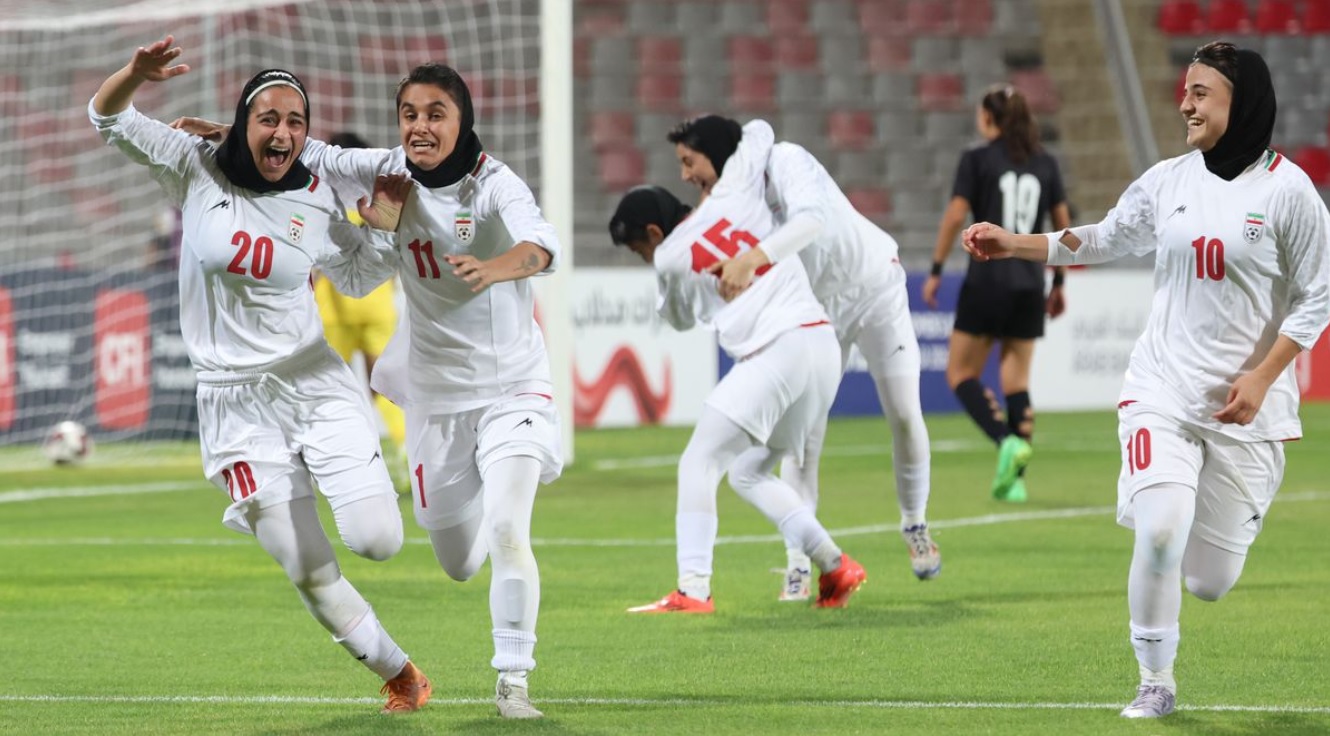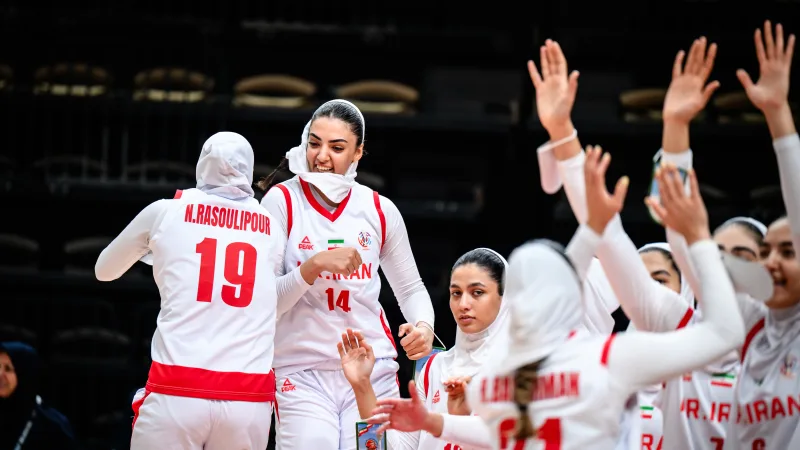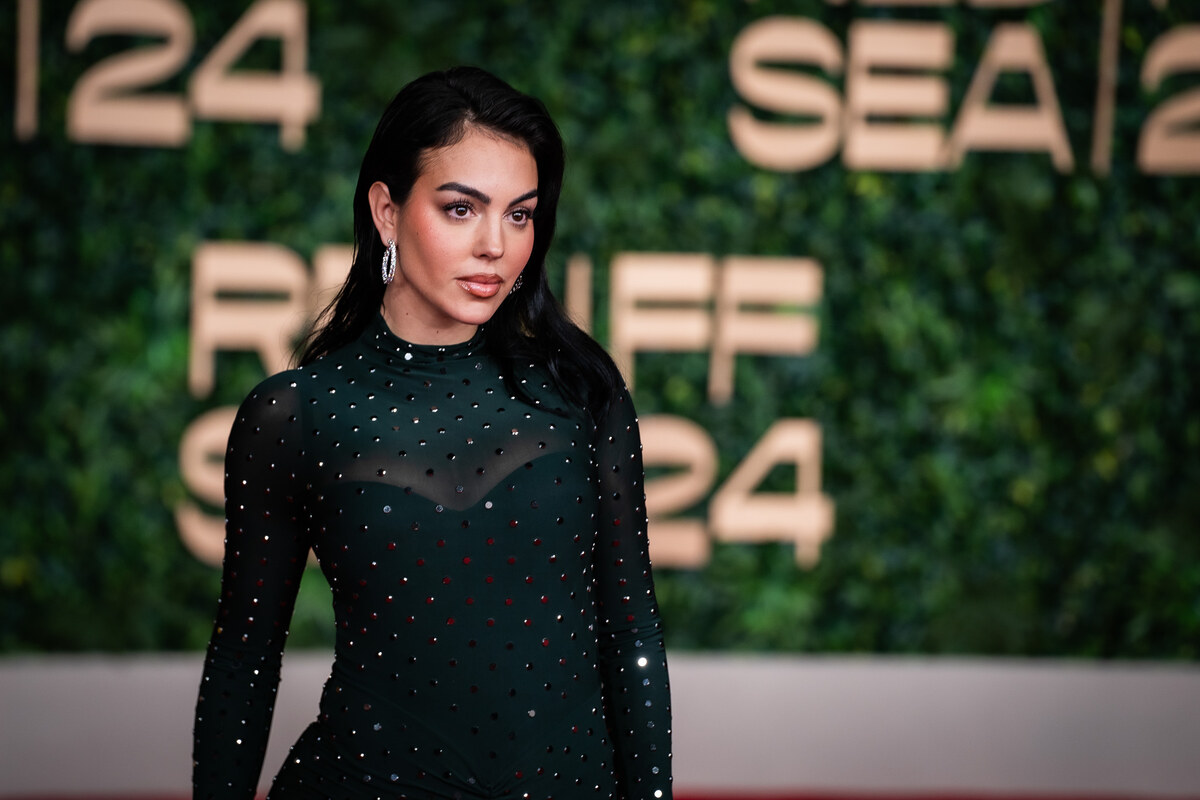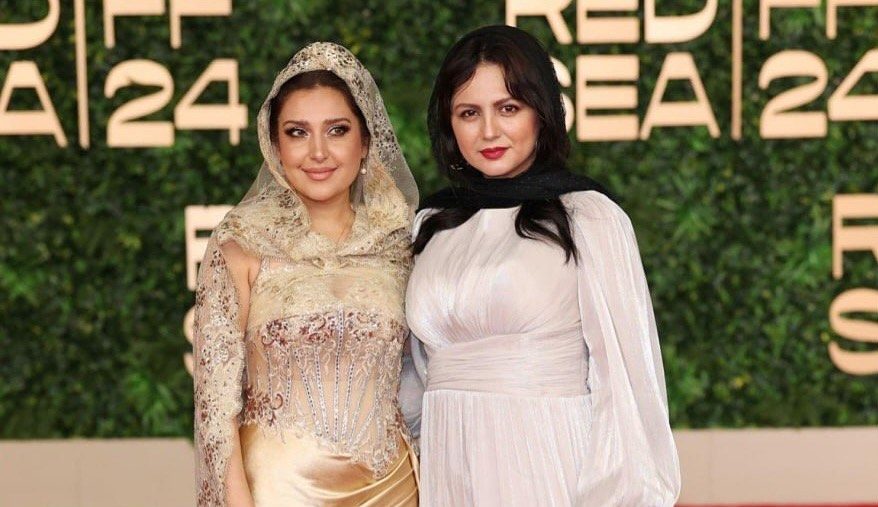خیز بلند شیرزنان والیبال ایران: نبرد لی دو-هی و ستارگان جوان در قلب آسیا

والیبال زنان ایران در آستانه فصلی نو ایستاده است. تیم ملی با عزمی جزم و روحیهای تازه، راهی ویتنام شده تا برای نخستین بار در تاریخ، در جام ملتهای آسیا به میدان برود. این حضور، نه تنها نمادی از تلاشی بیوقفه برای رشد است، بلکه آزمونی بزرگ برای لی دو-هی، سرمربی کرهای، و صحنهای برای درخشش ستارگان جوان و باانگیزه تیم ملی، از جمله الهه پورصالح و سپینود دستبرجن خواهد بود. این رویداد هیجانانگیز، میتواند نقطه عطفی در مسیر والیبال زنان ایران باشد.
لی دو-هی: معمار بیباک رویای والیبال سرعتی

لی دو-هی، نه فقط یک سرمربی، بلکه یک معمار بیباک است که رویای والیبال مدرن و سرعتی را برای زنان ایران در سر میپروراند. او با دانش عمیق و تجربه بینالمللیاش، به دنبال تغییر پارادایم والیبال زنان ایران است. هدف او، انتقال تیم از سبکی سنتی به یک والیبال پویا، چابک و با سرعت بالا است. این تحول، نیازمند تمرینات فشرده، افزایش سرعت عمل بازیکنان و هماهنگی بینقص بین پاسورها و مهاجمان است. دو-هی با تاکید بر اینکه بازیکنان “به والیبال سرعتی عادت کردهاند”، نشان میدهد که بذرهای این تغییر در تیم کاشته شده است.
او با واقعبینی، هدف تیم را صعود به جمع ۸ تیم برتر اعلام کرده است. این هدفگذاری هوشمندانه، فشار روانی نتایج بزرگ را از دوش بازیکنان برمیدارد و به آنها اجازه میدهد با تمرکز بر یادگیری و نمایش بهترین عملکرد خود، قدم به قدم پیشرفت کنند. لی دو-هی به خوبی میداند که مسیر قهرمانی طولانی است و این تورنمنت، بیشتر یک سرمایهگذاری بلندمدت برای آینده والیبال زنان ایران است تا صرفاً یک رقابت برای کسب مدال.
ستارگان جوان: پتانسیلهای شعلهور در میدان رقابت

ترکیب ۱۴ نفره تیم ملی، گویای انتخاب هدفمند بازیکنانی است که هر کدام پتانسیل شعلهور شدن در میدان رقابت را دارند.
- الهه پورصالح (دریافتکننده قدرتی): ستون اصلی تهاجم و دفاع
الهه پورصالح، به عنوان یکی از کلیدیترین دریافتکنندههای قدرتی، نقشی حیاتی در پایداری تیم دارد. او نه تنها در فاز حمله و امتیازآوری از کنارهها نقشی محوری ایفا میکند، بلکه ثبات او در دریافتهای اول و کنترل سرویسهای قدرتمند حریفان، ستون فقرات شروع حملات موثر تیم را تشکیل میدهد. در والیبال مدرن، بازیکنانی که هم در حمله و هم در دریافت کارایی بالایی دارند، گنجینهای ارزشمند محسوب میشوند و الهه پورصالح نمونهای از این دست است. - سپینود دستبرجن (پشت خط زن): امید امتیازآوری و ضربات کوبنده
سپینود دستبرجن، به عنوان تنها قطر پاسور در ترکیب، بار سنگین امتیازآوری از منطقه دو را بر دوش میکشد. او با قدرت حمله بالا و توانایی در زدن اسپکهای کوبنده، میتواند در لحظات حساس بازی گرهگشا باشد. او که “هیچ تیمی را دست کم نمیگیریم” میگوید، نشان از روحیه جنگندگی این ستاره جوان دارد. - نگین شیرتری شیرتری (پاسور): مغز متفکر و فرمانده خاموش
نگین شیرتری، به عنوان یکی از پاسورهای اصلی، مغز متفکر تیم در زمین است. او با توزیع هوشمندانه توپ، میتواند مهاجمان را در بهترین موقعیتها قرار دهد و دفاع حریف را به چالش بکشد. هماهنگی او با مهاجمان و توانایی در پاسهای سرعتی و فریبنده، کلید موفقیت حملات تیم خواهد بود.
دیگر ارکان تیم شامل دریافتکنندگانی چون فاطمه منظوری، فاطمه خلیلی، شقایق حسنخانی و معصومه قدمی، مدافعانی چون زهرا صالحی و زهرا کریمی (که دیوار دفاعی مستحکم روی تور را شکل میدهند)، و لیبروها کیمیا کیانی و مریم قاضیراه (که قلب دفاعی تیم محسوب میشوند)، همگی پازل تیم لی دو-هی را تکمیل میکنند.
میدان نبرد: تحلیل رقبا و چالشهای گروهی

تیم ملی والیبال زنان ایران در گروه دوم مسابقات جام ملتهای آسیا با تیمهای قزاقستان، فیلیپین، اندونزی، مغولستان و نیوزیلند همگروه است. هر حریف، چالشی منحصر به فرد را پیش روی شاگردان لی دو-هی قرار میدهد:
- قزاقستان: قدرت فیزیکی و تجربه آسیایی
قزاقستان معمولاً تیمی با قدرت فیزیکی بالا و بازیکنانی بلندقامت است. آنها از لحاظ فنی و تجربه، جزو تیمهای نسبتاً خوب آسیا محسوب میشوند و یک رقیب جدی برای ایران خواهند بود. نبرد با قزاقستان، آزمونی واقعی برای دفاع روی تور و توانایی حمله ایران است. - فیلیپین و اندونزی: سرعت و چابکی آسیا
والیبال در فیلیپین و اندونزی در حال رشد است. این تیمها معمولاً از سرعت و چابکی خوبی برخوردارند و میتوانند حریفانی باانگیزه و جنگنده باشند. بازی اول ایران مقابل اندونزی خواهد بود و نتیجه این دیدار میتواند روحیه و مسیر تیم را در ادامه رقابتها تعیین کند. - مغولستان و نیوزیلند: فرصتهای کسب امتیاز
مغولستان و نیوزیلند در مقایسه با سایر تیمهای گروه، در ردههای پایینتری قرار دارند. این بازیها فرصت خوبی برای افزایش انسجام تیمی، آزمایش تاکتیکهای جدید و کسب امتیازات لازم برای صعود به مرحله حذفی خواهد بود.
هدف لی دو-هی برای صعود به یکچهارم نهایی، نیازمند عملکردی هوشمندانه در برابر حریفان قویتر و کسب پیروزیهای قاطع در برابر تیمهای پایینتر است. این بازیها، فارغ از نتیجه نهایی، تجربهای گرانبها برای این نسل از بازیکنان خواهد بود تا نقاط قوت و ضعف خود را در برابر چالشهای بینالمللی بشناسند.
افقی روشن: آغاز یک دوره طلایی؟
این دوره از جام ملتهای آسیا، بیش از آنکه میدان رقابت برای مدال باشد، یک سکوی پرتاب برای والیبال زنان ایران است. لی دو-هی با رویکرد جوانگرایی، پیادهسازی والیبال سرعتی و تاکید بر خودباوری بازیکنان، در حال بنیانگذاری فصلی جدید است. با حضور ستارگانی چون الهه پورصالح، سپینود دستبرجن و یاسمن شیرتری، و با هدایت یک مربی با چشمانداز، میتوان امیدوار بود که این تیم نه تنها در ویتنام نمایشی قابل قبول ارائه دهد، بلکه سنگ بنای یک آینده روشنتر و حضوری قدرتمندتر برای والیبال زنان ایران در سالهای آتی باشد. آیا این آغاز یک دوره طلایی برای شیرزنان والیبال ایران خواهد بود؟ زمان پاسخ خواهد داد.

Iran Women’s Volleyball Soars: Lee Do-hee‘s Battle with Young Stars in the Heart of Asia
Iranian women’s volleyball stands on the cusp of a new era. The national team, with determination and renewed spirit, has embarked on a journey to Vietnam to compete for the first time ever in the Asian Nations Cup. This participation is not merely a symbol of relentless effort for growth, but a significant test for **Lee Do-hee, the South Korean head coach**, and a stage for the brilliance of the team’s **young and motivated stars**, including **Elaheh PourSaleh and Sepinoud Dastbarjan**. This exciting event could mark a turning point in the trajectory of Iranian women’s volleyball.
Lee Do-hee: The Fearless Architect of a Fast-Paced Volleyball Dream
**Lee Do-hee** is more than just a head coach; she is a **fearless architect** envisioning a modern, fast-paced volleyball style for Iranian women. With her profound knowledge and international experience, she aims to shift the paradigm of Iranian women’s volleyball. Her objective is to transition the team from a traditional style to a **dynamic, agile, and high-speed volleyball**. This transformation demands intensive training, increased player agility, and seamless coordination between setters and hitters. Do-hee’s emphasis that players “have become accustomed to fast volleyball” indicates that the seeds of this change have already been sown within the team.
Realistically, she has set the team’s goal as **reaching the top 8 teams**. This intelligent goal-setting relieves the psychological pressure of aiming for grand results, allowing players to focus on learning and performing their best, step by step. Lee Do-hee fully understands that the path to championship is long, and this tournament is more of a long-term investment for the future of Iranian women’s volleyball than merely a competition for a medal.
Young Stars: Igniting Potentials in the Competitive Arena
The 14-player squad selection reflects a targeted choice of players, each possessing the potential to ignite in the competitive arena.
- Elaheh PourSaleh (Outside Hitter): The Cornerstone of Offense and Defense
**Elaheh PourSaleh**, as one of the most crucial outside hitters, plays a vital role in the team’s stability. She is not only central to the offensive phase and scoring from the wings, but her **consistency in first touches and control of powerful opponent serves** forms the backbone of the team’s effective attacks. In modern volleyball, players who can perform highly in both offense and reception are considered invaluable assets, and Elaheh PourSaleh exemplifies this. - Sepinoud Dastbarjan (Opposite Hitter): The Hope for Scoring and Powerful Spikes
**Sepinoud Dastbarjan**, as the sole opposite hitter in the announced lineup, carries the heavy burden of **scoring from Zone 2**. With her high attacking power and ability to deliver powerful spikes, she can be a game-changer in critical moments. Her declaration of “not underestimating any team” shows the fighting spirit of this young star. - Yasaman ShirTari (Setter): The Mastermind and Quiet Commander
**Yasaman ShirTari**, as one of the primary setters, is the **team’s mastermind on the court**. By intelligently distributing the ball, she can place hitters in optimal positions and challenge the opponent’s block. Her coordination with hitters and her ability to deliver fast and deceptive sets will be key to the team’s offensive success.
Other vital components of the team include outside hitters like Fatemeh Manzouri, Fatemeh Khalili, Shaghayegh Hasankhani, and Masoumeh Ghadami; middle blockers like Zahra Salehi and Zahra Karimi (who form a **strong defensive wall at the net**); and liberos Kimia Kiani and Maryam Ghazirah (considered the **defensive heart of the team**), all of whom complete Lee Do-hee’s strategic puzzle.
The Battleground: Analyzing Rivals and Group Challenges
The Iranian women’s national volleyball team is in Group B of the Asian Nations Cup, alongside **Kazakhstan, the Philippines, Indonesia, Mongolia, and New Zealand**. Each opponent presents a unique challenge for Lee Do-hee’s proteges:
- Kazakhstan: Physical Power and Asian Experience
Kazakhstan is typically a team with **high physical power and tall players**. Technically and experientially, they are considered among Asia’s relatively good teams and will be a serious opponent for Iran. The match against Kazakhstan will be a true test for Iran’s net defense and attacking prowess. - Philippines and Indonesia: Asian Speed and Agility
Volleyball in the Philippines and Indonesia is growing. These teams usually possess **good speed and agility** and can be motivated and fierce opponents. Iran’s first match will be against Indonesia, and the outcome of this encounter could influence the team’s morale and trajectory throughout the competition. - Mongolia and New Zealand: Opportunities for Points
Mongolia and New Zealand are generally ranked lower in Asian volleyball compared to the other teams in the group. These matches will be a good opportunity to **enhance team cohesion, test new tactics, and secure necessary points** for advancing to the knockout stage.
Lee Do-hee’s goal of reaching the quarterfinals requires a smart performance against stronger opponents and securing decisive victories against lower-ranked teams. Regardless of the final outcome, these matches will provide invaluable experience for this generation of players to understand their strengths and weaknesses against international challenges.
A Bright Horizon: The Dawn of a Golden Era?
This edition of the Asian Nations Cup is more than just a competition for medals; it’s a **launchpad** for Iranian women’s volleyball. Lee Do-hee, with her youth-focused approach, implementation of fast-paced volleyball, and emphasis on player self-belief, is laying the foundation for a new chapter. With stars like Elaheh PourSaleh, Sepinoud Dastbarjan, and Yasaman ShirTari, and guided by a visionary coach, there is hope that this team will not only deliver an acceptable performance in Vietnam but also lay the **cornerstone for a brighter future and a stronger presence** for Iranian women’s volleyball in the years to come. Will this be the dawn of a golden era for Iran’s lionesses of volleyball? Only time will tell.
